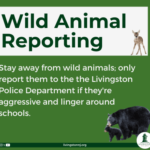Caring for Injured Animals: A Beginner’s Guide
Caring for an injured or orphaned wild animal can be a deeply rewarding experience, but it requires thoughtful actions to ensure the animal’s safety and well-being. Acting responsibly in such situations not only helps the animal recover but also protects you and your family from potential risks.
At MyTopDeals10.com, we specialize in providing detailed insights and expert advice to navigate unique challenges like these. This guide will help you understand how to care for injured animals, from first steps to essential handling tips.
Initial Steps to Take When Caring for Injured Animals
When you encounter a wild animal in distress, the first few moments are critical. Following these steps can make all the difference:
1. Secure the Animal Safely
The first priority is to ensure the animal is secure and stress-free:
- Gently place the animal in a well-ventilated box lined with a soft towel.
- If it’s a mammal, lightly cover it with another towel to keep it calm.
- Avoid using hard or slippery surfaces, as these can injure the animal further.
“The calmer and more comfortable the animal feels, the better its chances of recovery.”
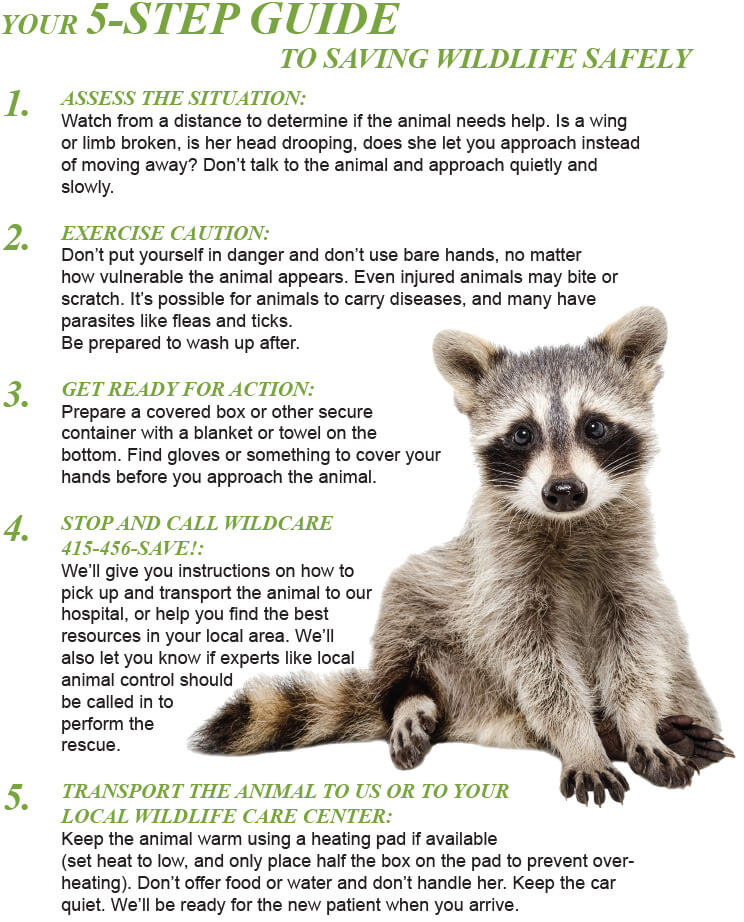
2. Provide Supplemental Heat
Injured animals, especially young or hypothermic ones, often need external heat to maintain their body temperature. Use one of these methods:
- Heating pad on low: Place it under half the box so the animal can move away if it gets too warm.
- Alternative methods: Fill a hot water bottle or sock with warmed rice and wrap it in a towel before placing it near the animal.
Pro Tip: Never place the heat source directly against the animal’s body to avoid burns.
Important Guidelines for Handling Injured Animals
Wild animals are easily stressed by human interaction, and improper handling can worsen their condition. Follow these guidelines to ensure their safety:
1. Avoid Feeding or Watering
While it may seem instinctual to offer food or water, this can be harmful:
- Wild animals require specialized diets, and improper feeding can cause choking or other complications.
- Providing water can introduce foreign substances into their system, potentially worsening their condition.
“Leave feeding and hydration to wildlife professionals who understand the specific needs of the species.”
2. Minimize Handling
Excessive handling can increase the animal’s stress and lead to further injury:
- Only handle the animal when necessary, such as during transport.
- Keep children and pets away to ensure the animal remains calm and undisturbed.

Recognizing Signs of Distress
Understanding the animal’s condition is vital for determining the level of care it needs. Look for these signs of distress:
1. Behavioral Changes
- Unusual lethargy or lack of movement.
- Repeated vocalizations or visible fear.
2. Physical Symptoms
- Open wounds, bleeding, or visible deformities.
- Difficulty breathing or irregular movements, such as limping or dragging limbs.
“If you notice severe symptoms, contact a licensed wildlife rehabilitator immediately to provide the animal with professional care.”
Transporting an Injured Animal
Once the animal is secured, transporting it to a wildlife rehabilitator is the next step. Proper preparation ensures the animal’s safety during transit:
1. Preparing the Animal for Transport
- Place the animal in a sturdy container that is ventilated but escape-proof.
- Use soft materials like towels or rags to cushion the bottom of the box.
2. Ensuring a Calm Environment
- Cover the container with a lightweight cloth to block out light and reduce stress.
- Keep the vehicle quiet during transport by avoiding loud music or sudden movements.
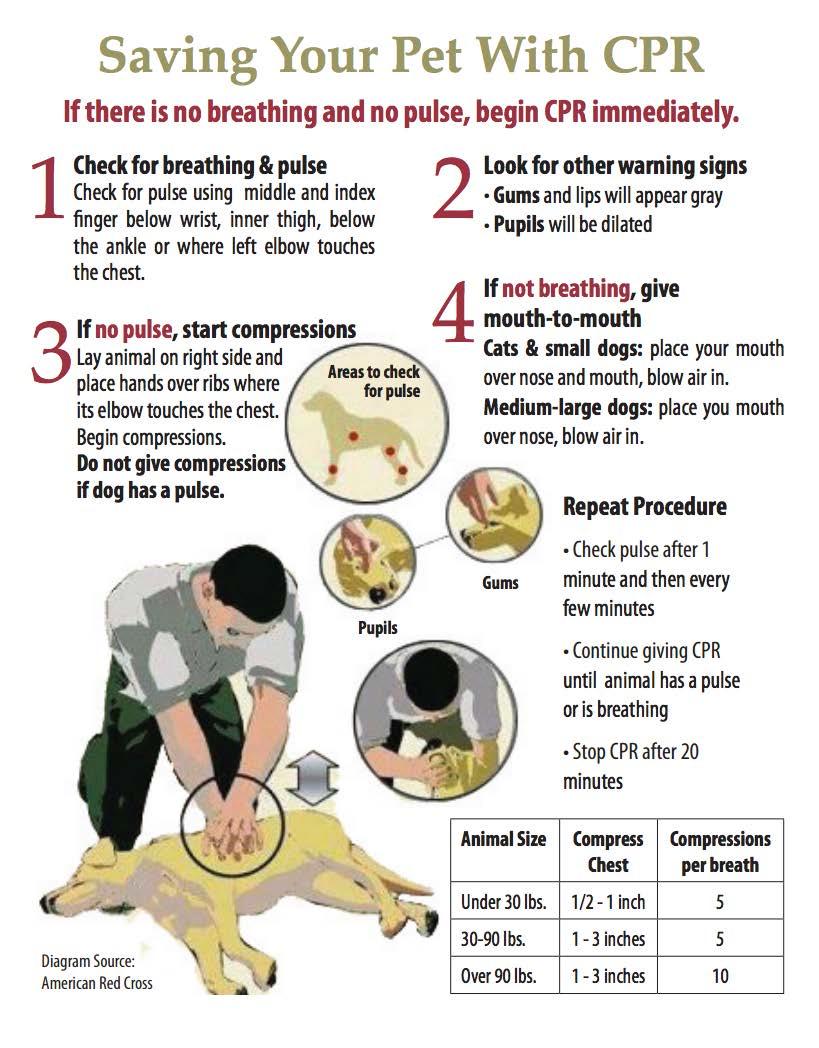
Stay Tuned
In the second half of this article, we’ll discuss the role of wildlife rehabilitators, legal considerations, and answers to frequently asked questions about caring for injured animals. Acting responsibly and seeking professional help are key to ensuring the animal receives the care it needs.
For high-quality, wildlife-inspired products, check out Found My Animal and use the exclusive code “mytopdeals10” for 10% off your next purchase.
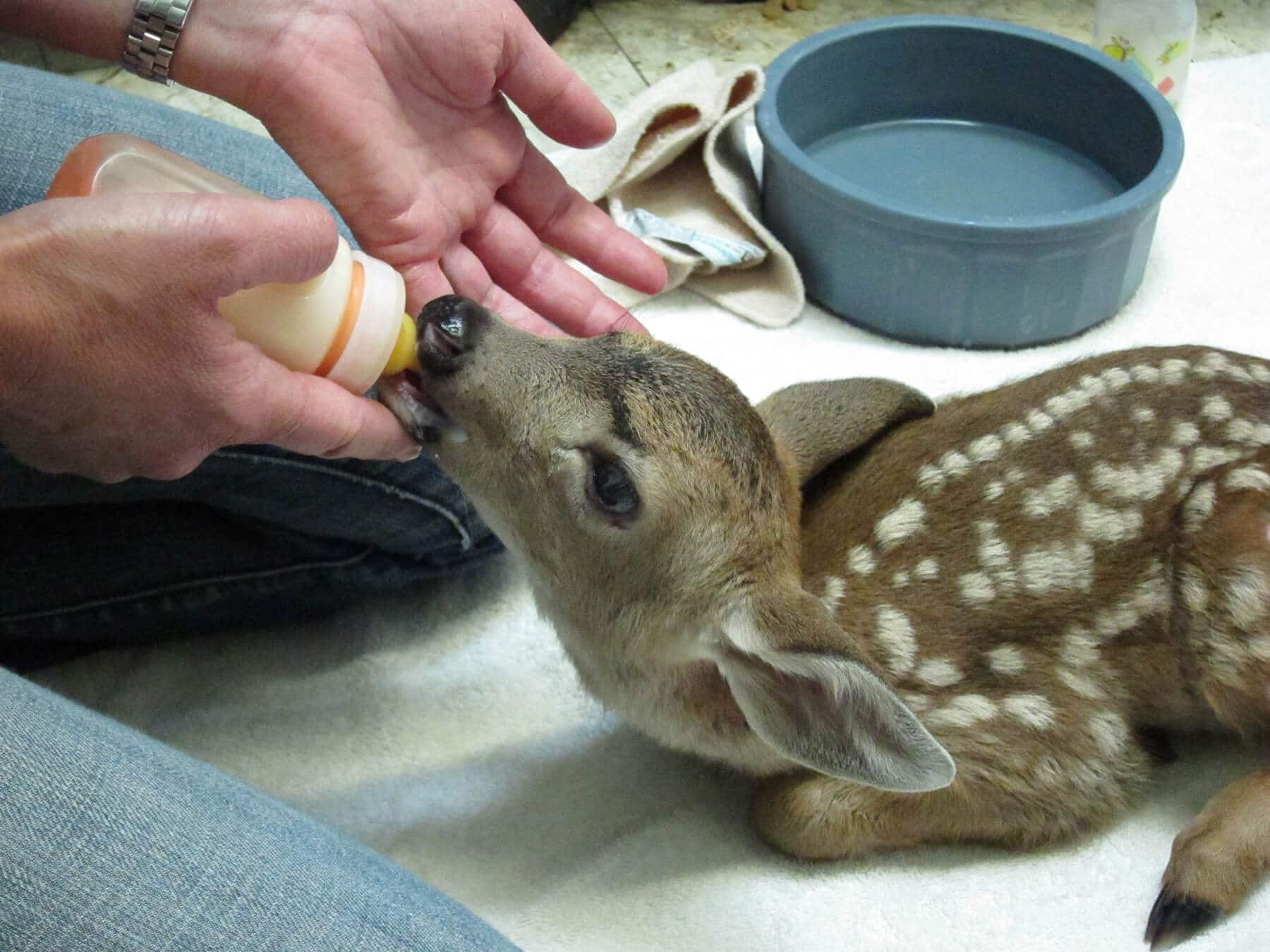
The Role of Wildlife Rehabilitators
Wildlife rehabilitators are essential when it comes to caring for injured animals. These professionals have the training, tools, and experience needed to give wildlife the best chance of recovery and reintegration into their natural habitats.
1. Why Professional Help is Necessary
- Specialized Care: Wild animals often require unique diets, medical attention, and handling techniques that the average person may not be equipped to provide.
- Rehabilitation and Release: Rehabilitators focus on healing animals so they can return to their natural environments, avoiding prolonged captivity.
“Wildlife rehabilitators are the bridge between injury and recovery for countless animals each year.”
2. Finding a Licensed Wildlife Rehabilitator
- Contact your state wildlife agency or local animal control office for a list of licensed rehabilitators.
- Websites like the National Wildlife Rehabilitators Association and Wildlife Rehabilitation Directory provide excellent resources to find help in your area.
Legal and Ethical Considerations
1. Understanding Wildlife Laws
- In many areas, it is illegal to keep wild animals without a permit. This ensures that only trained individuals handle and care for these creatures responsibly.
- Violating these laws can result in fines or other legal consequences, so always consult with authorities before intervening.
2. Ethical Responsibility
- Wild animals are not pets. Even with the best intentions, keeping a wild animal in your home can cause stress and disrupt its natural instincts.
- Always prioritize the animal’s welfare by seeking professional help rather than attempting to care for it yourself.
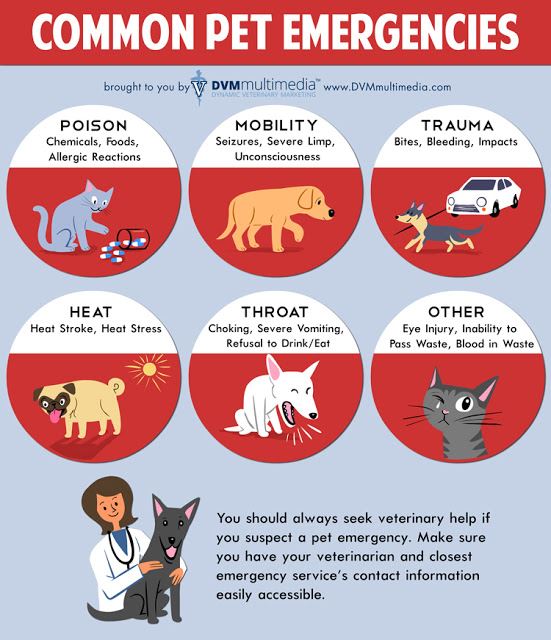
FAQs About Caring for Injured Animals
1. Can I keep the animal until it recovers?
No, it’s not advisable. Wild animals require specialized care and rehabilitation. Keeping them without professional guidance can harm their chances of survival.
2. What should I do if I can’t reach a wildlife rehabilitator?
- Keep the animal safe in a secure, quiet location.
- Continue attempting to contact local agencies, wildlife hotlines, or veterinarians for advice.
- Avoid feeding or handling the animal unnecessarily during this time.
3. How do I protect myself when handling injured wildlife?
- Always wear gloves and avoid direct contact.
- Use a towel or cloth to gently pick up the animal if necessary.
- Keep the animal contained to minimize the risk of scratches or bites.
“Handling wildlife with care not only protects the animal but ensures your safety as well.”

Proactive Steps to Help Wildlife
Even if you don’t encounter injured animals often, there are ways to support wildlife in your community:
1. Create a Safe Outdoor Space
- Add native plants: These provide food and shelter for local wildlife.
- Eliminate hazards: Remove litter, secure trash bins, and ensure outdoor pets are supervised.
2. Support Wildlife Organizations
- Donate to or volunteer with local wildlife rescue centers.
- Advocate for conservation efforts to protect habitats and species.
3. Use Wildlife-Inspired Products
Celebrate your love for wildlife with eco-friendly and stylish products from Found My Animal. Use the code “mytopdeals10” at checkout to save 10% on your purchase.

Conclusion
Caring for injured animals requires patience, compassion, and responsibility. By following this guide and seeking professional help, you can make a meaningful impact on wildlife in need. Remember, your actions can help these animals return to their natural environments, where they belong.
For more expert advice, practical tips, and exclusive product discounts, visit MyTopDeals10.com. Together, we can create a better world for both people and animals!

